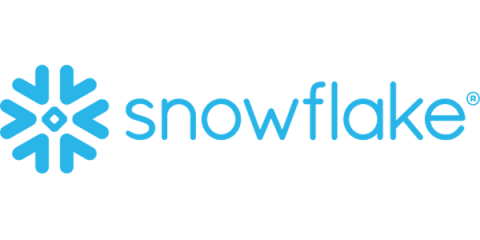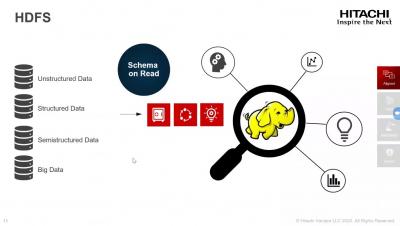Agile Insights During COVID-19 with ThoughtSpot, Snowflake, and Starschema
The COVID-19 pandemic is forcing every business to see the world differently. From examining business continuity plans, modernizing workforce plans, or building supply chain resiliency, no facet of business has gone untouched. As organizations combat the economic fallout now and in the coming years, agility has never been more important. The key to remaining agile is a better use of data.







